Cascade Link at Douglas
- 36 units available
- Studio • 1 bed • 2 bed • 3 bed
- Amenities
In unit laundry, Patio / balcony, Hardwood floors, Dishwasher, Pet friendly, Garage + more

Florida’s largest cities are some of the state’s most exciting and desirable places to live. From bustling metros like Jacksonville and Miami to fast-growing communities like Port St. Lucie and Cape Coral, these cities combine job opportunities, cultural attractions, and unique lifestyles. Whether you’re seeking beachside relaxation or family-friendly suburbs, Florida’s biggest cities have a wide variety of options to fit your needs.
This guide breaks down the 10 largest cities in Florida by population, with insights into what makes each location stand out for renters. No matter if you're a longtime resident or planning a move from out of state, keep reading to explore Florida’s biggest urban centers and discover which one best suits your lifestyle.
All of the rental data included here comes from our internal database of rent estimates, which is available for download. Transit scores come from Walk Score, and census information comes directly from the U.S. Census Bureau website.
| Rank | City | Population |
|---|---|---|
| 1 | Jacksonville | 949,611 |
| 2 | Miami | 442,241 |
| 3 | Tampa | 384,959 |
| 4 | Orlando | 307,573 |
| 5 | St. Petersburg | 267,102 |
| 6 | Hialeah | 223,109 |
| 7 | Port St. Lucie | 204,851 |
| 8 | Tallahassee | 196,169 |
| 9 | Cape Coral | 194,016 |
| 10 | Fort Lauderdale | 182,760 |
Jacksonville is the most populous city in Florida. While it doesn’t have the dense, urban feel of other major cities, Jacksonville does offer a mix of beach life, riverfront views, and a growing cultural scene. Downtown is undergoing a quiet renaissance, with new developments, art installations, and event spaces gradually reshaping the area. Sports are big here, from NFL Sundays (Go Jags!) to marathons and water-based competitions. The city also boasts a vibrant food and drink scene, featuring numerous bars, restaurants, breweries, and distilleries.
Jacksonville tends to attract individuals seeking space, affordability, and outdoor living. It’s a great fit for families, remote workers, and anyone who wants to enjoy both nature and city access. Just be aware: This is not a transit-friendly town, so you’ll need a car to get around. The public transportation system is limited, and the city’s sprawl makes walking or biking impractical in many areas. That said, it’s easy to drive to other parts of Florida.

With its vibrant mix of Latin American, Caribbean, and international influences, Miami is the most popular city in Florida to visit. It has a booming economy driven by finance, commerce, and international trade, with tons of job opportunities. The city's renowned nightlife, diverse culinary scene, and endless outdoor activities make it a magnet for residents and tourists alike. On any given day, you can soak up the sun on South Beach, explore the art scene in Wynwood, or experience the lively atmosphere of Little Havana.
While Miami offers an exciting lifestyle, it also comes with some challenges. The cost of living, especially in neighborhoods like Brickell and Miami Beach, can be high, with rent prices often reflecting the city’s popularity and growth. Public transit options, including Metrorail, Metrobus, and Brightline, are available; however, many residents prefer to use a car for greater convenience, especially when commuting between the spread-out neighborhoods or visiting the beach. If you're looking for a high-energy city that combines business, culture, and adventure, Miami is a top choice.
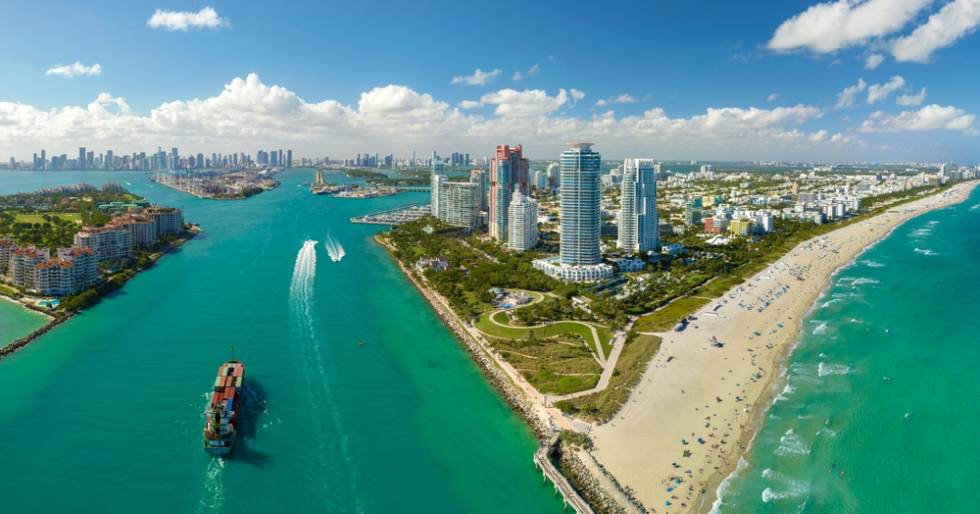
Tampa is known for its waterfront access, abundant green spaces, and steady growth. Located on the Gulf Coast with easy access to both bay and beach, Tampa is ideal for anyone who enjoys boating, kayaking, or waterfront dining. The area continues to attract new residents due to Florida’s lack of state income tax, its warm climate, and expanding job opportunities, particularly in healthcare, finance, and technology.
Tampa is ideal for professionals, young families, and retirees who seek urban amenities without the overwhelming pace of a megacity. With major league sports teams, a growing food and nightlife scene, and nearby beaches just a short drive away, it has plenty to do.
Public transit exists in Tampa, but it’s limited. Most people rely on a car to get around comfortably. Still, neighborhoods like Hyde Park, Seminole Heights, and downtown offer walkable pockets with parks, breweries, and cultural venues.
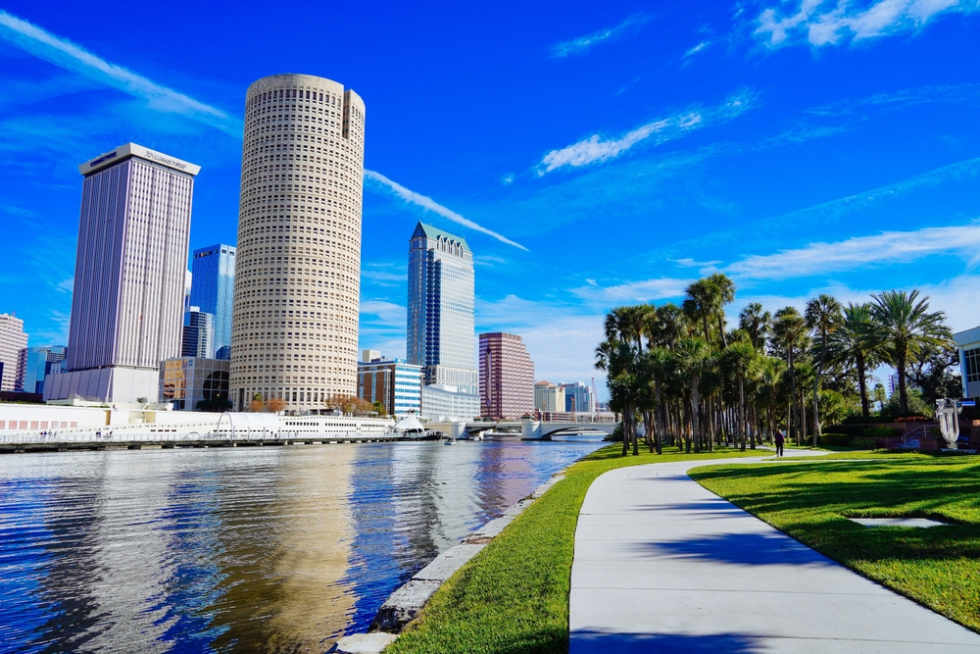
Orlando is far more than just theme parks; it’s also a vibrant metro area with a strong sense of community, a thriving food scene, and nonstop local events. The city is surrounded by charming neighborhoods and satellite cities like Sanford, Oviedo, and Altamonte Springs, each with its own identity. You’ll find weekly art festivals, live music, farmers markets, and happening bars that will keep you busy. Outdoor lovers can kayak, explore natural springs, or take a quick drive to the beach.
Orlando is especially appealing to young professionals, creatives, and families looking for a blend of affordability, culture, and recreation. Its food scene has everything from global fusion to innovative local concepts.
The metro area is huge, so your lifestyle might vary significantly depending on where you live. For example, Baldwin Park and Windermere offer upscale, walkable living, while Sanford leans more relaxed with a strong bar scene. For budget-conscious buyers, Kissimmee still offers some of the lowest prices in the area. Public transportation is limited, and most residents rely on a car to get around, especially if commuting between suburbs.
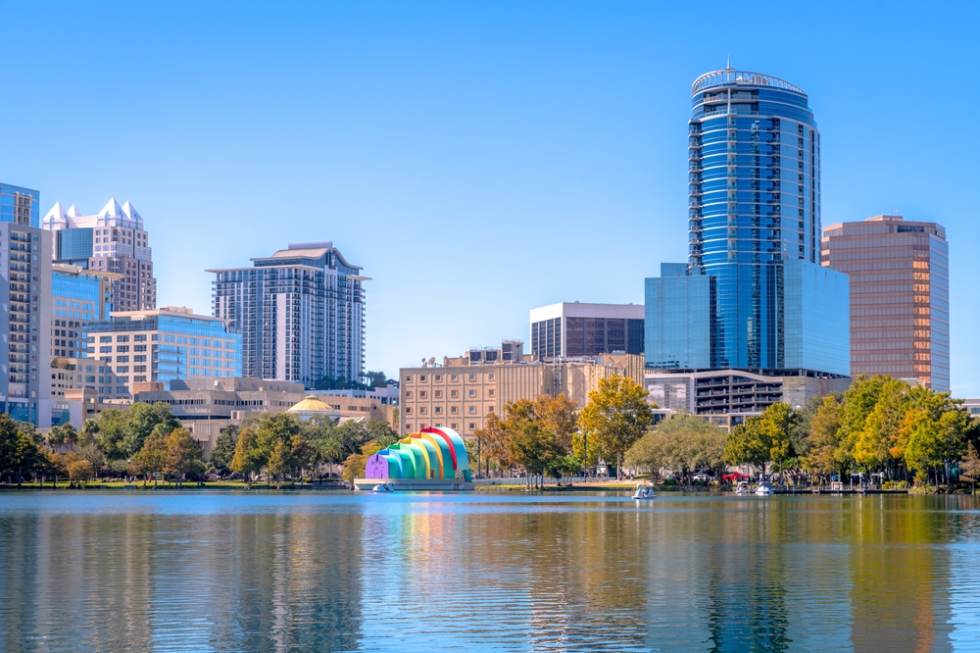
St. Petersburg combines laid-back coastal living with progressive energy, making it one of the most welcoming and vibrant cities on Florida’s Gulf Coast. Known for its LGBTQ+ inclusivity and dog-friendly culture, St. Pete offers a wonderful mix of nightlife, nature, and community charm.
The city’s compact layout, extensive bike trails, and the SunRunner Bus Rapid Transit (BRT) system make it more accessible than most Florida cities, allowing for easy connections between downtown and the beach without the need for a car. Locals enjoy everything from waterfront parks and local breweries to art walks, farmers markets, and beach sunsets. It’s safer and quieter than nearby Tampa or Miami, with a friendly, small-city feel.
St. Pete is ideal for remote workers, creatives, and retirees who prioritize lifestyle over corporate hustle. While traditional office jobs are limited—most local work is in the service or hospitality sectors—many newer residents rely on remote employment. The city’s affordability is still decent by coastal standards, though housing prices have climbed with recent demand.
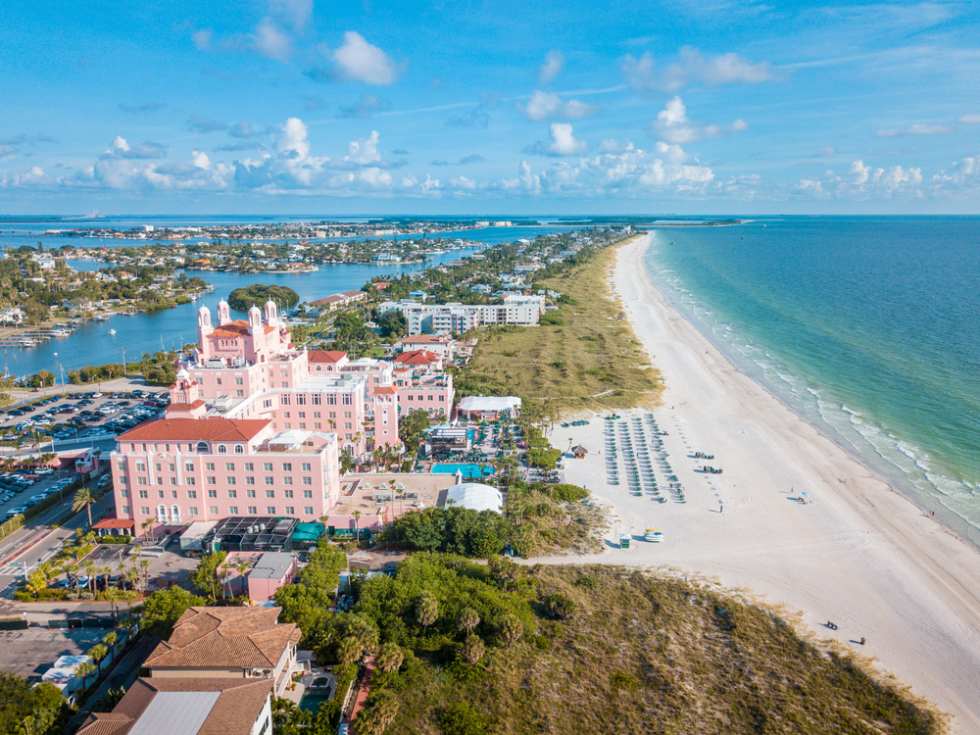
Hialeah is a proud working-class, predominantly Spanish-speaking city nestled in the heart of Miami-Dade County. With 95.2% of the population being Latino, Hialeah offers a culturally rich environment grounded in family, tradition, and community. Hialeah is not flashy or tourist-driven, but it's one of the safest and most affordable areas in the Miami metro area. Renters can still find relatively cheap studios, and the local dining scene is filled with mom-and-pop restaurants serving everything from Cuban cafecito to Venezuelan arepas.
Hialeah is ideal for those seeking a stable, community-oriented place in Florida to live, with low costs and a relaxed lifestyle. It’s great for blue-collar families, longtime locals, and newcomers seeking a sense of cultural familiarity and security. However, the city faces challenges such as traffic congestion, and although public transportation is available, most residents still rely on cars for their daily lives.
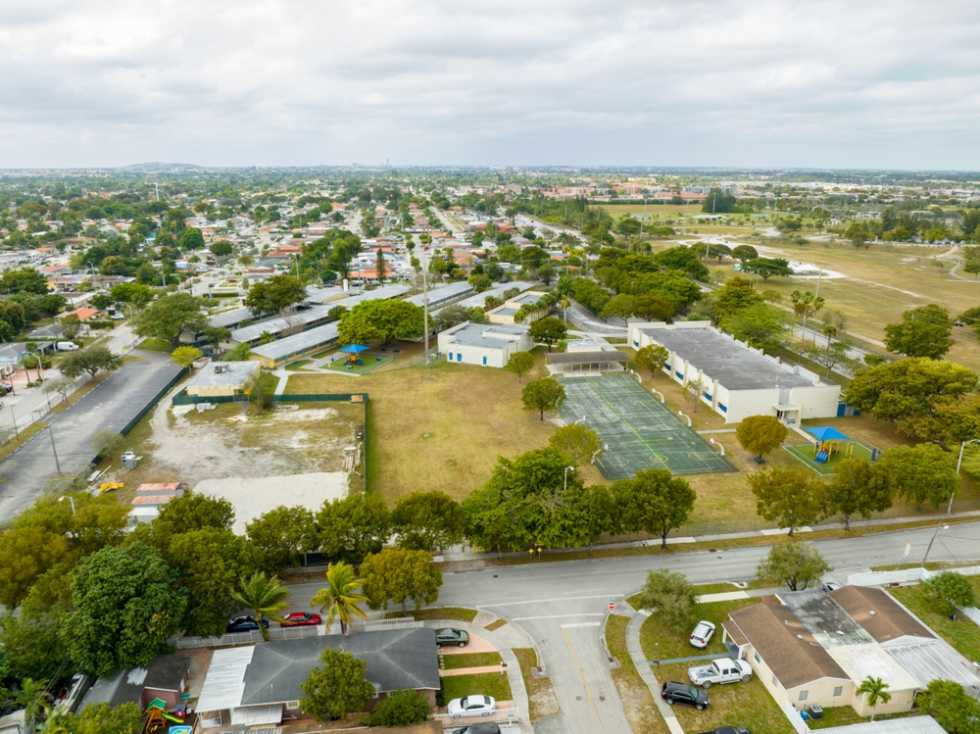
Port St. Lucie is one of the fastest-growing cities in the U.S., known more for its residential sprawl than a distinct cultural identity. It's a clean, safe, and family-friendly place with an ever-expanding landscape of townhomes, master-planned communities, and multifamily developments.
Though Port St. Lucie doesn’t offer direct beach access, residents are just a short drive from the coastlines of Fort Pierce and Jensen Beach. The city does have a scenic stretch of the St. Lucie River, along with a good network of parks and spots for kayaking, paddleboarding, and casual hiking. However, public transportation is limited, and you’ll need a car to get around.
Port St. Lucie is best suited for families and retirees seeking an area in Florida that is affordable and quieter. Entertainment and nightlife options are limited, and while the city is trying to grow its infrastructure, it’s still catching up to the population boom. Most local employment is tied to the service sector, though warehousing and logistics industries are starting to move in. The area is supported by a decent school system and proximity to Indian River State College, a well-regarded institution in the Florida college system. For those looking to own a home in a safe, suburban community without needing the constant buzz of city life, Port St. Lucie fits the bill.

As the state capital and home to both Florida State University and Florida A&M, Tallahassee draws a unique mix of government workers, students, and young professionals. The city is surrounded by forests, state parks, and natural springs, offering residents a chance to hike, kayak, and explore with ease. It's also one of the few cities in Florida where you'll see rolling hills and an abundance of tree canopy, giving it a very different feel than the flat, coastal metros to the south.
Tallahassee is best suited for people in their 20s and 30s who enjoy community-based activities, a slower pace, and affordable living. Rent and general costs are lower than in cities like Orlando or Tampa, which frees up income for things like sports leagues or weekend cabin getaways in state parks. The social scene is rooted in college life and community events, with solid local breweries and a handful of good bars, though big concerts and high-end nightlife are limited. Public transit is minimal, so a car is likely necessary.
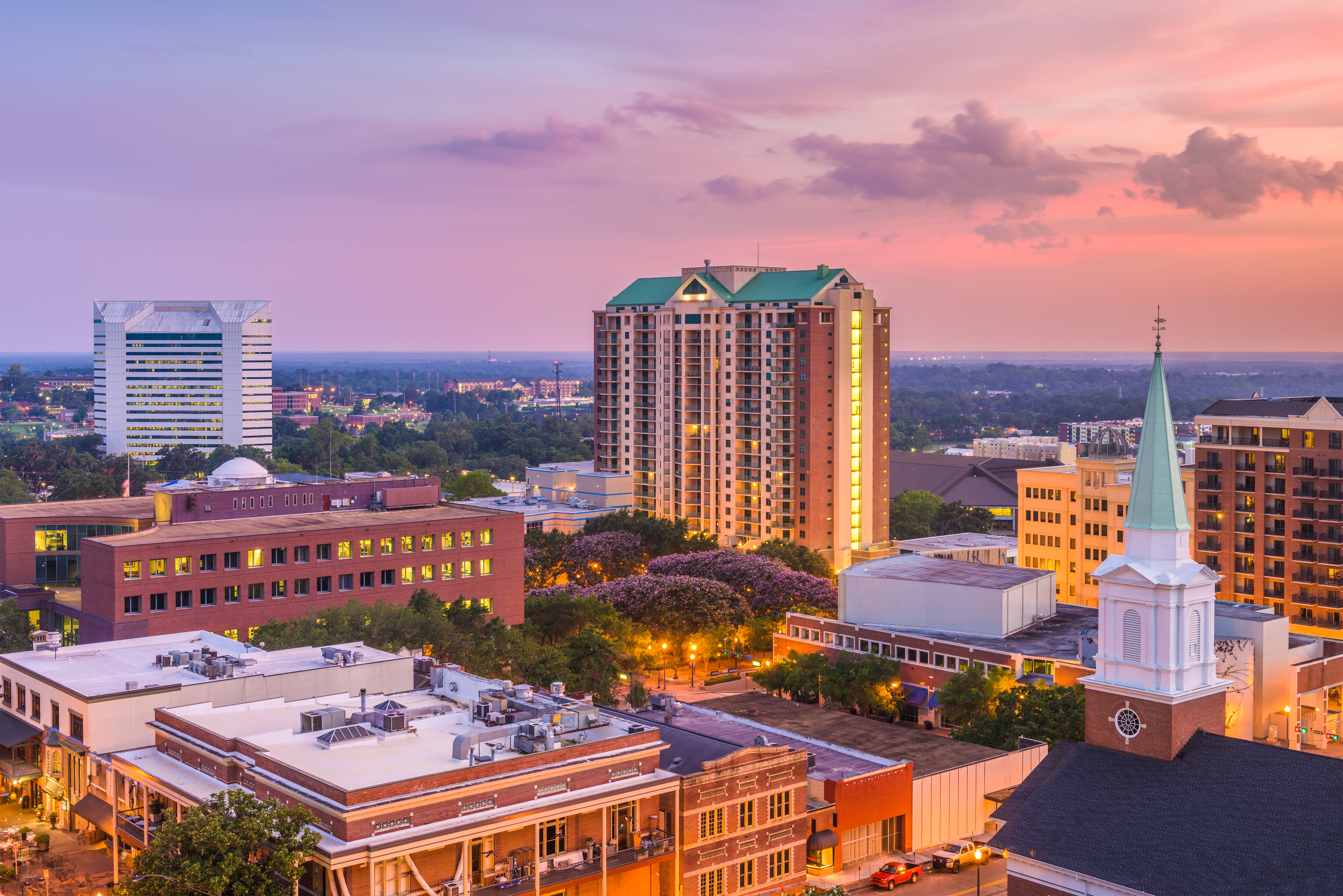
Cape Coral is a quiet, canal-laced city on the Gulf Coast known for its relaxed and slower-paced lifestyle. It features over 400 miles of navigable canals—more than any other city in the world—which makes it a haven for boating, fishing, and kayaking enthusiasts. While nightlife and entertainment options are minimal, a small downtown strip offers a handful of bars and restaurants. However, public transit is almost nonexistent, so a car is essential not only for local errands but also for commuting to nearby Fort Myers, where more diverse job opportunities and cultural amenities are found.
Cape Coral is best for those who value peace, natural beauty, and suburban comforts. It’s not a destination for career-chasers or nightlife seekers, but it’s ideal for quiet morning walks, poolside lounging, and neighborly living. The local economy is primarily service- and retail-based, and many residents commute out of town for work. Still, the area is growing fast, with new developments and infrastructure gradually catching up to the demand. It offers a few standout parks and scenic areas, plus convenient access to travel around Southwest Florida. For those who enjoy sunny days, friendly neighbors, and boating life, Cape Coral is perfect.
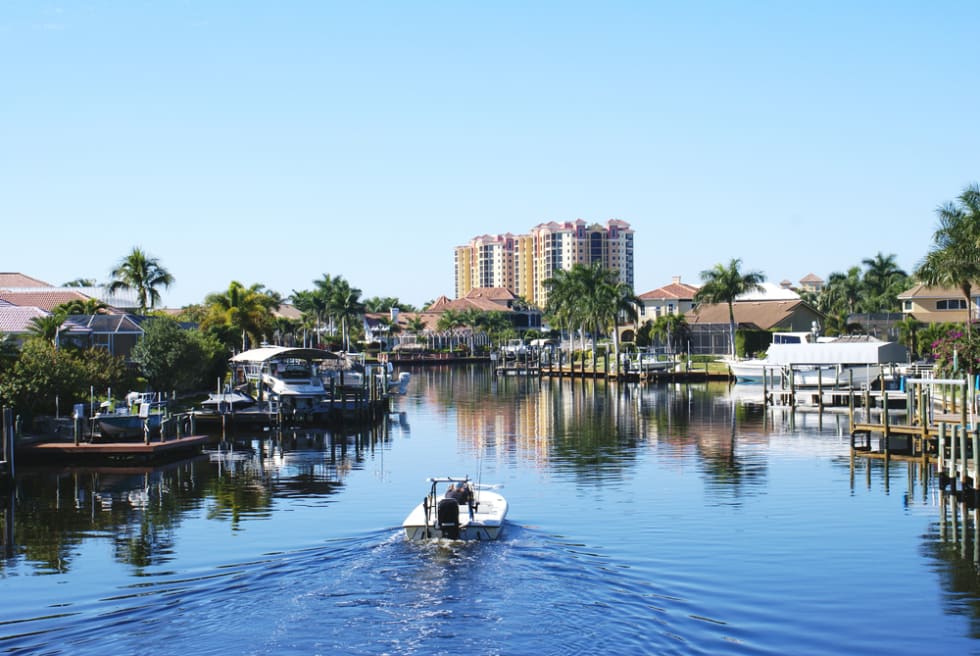
Located just 30 miles north of Miami, Fort Lauderdale is best known for its 165 miles of inland waterways, deeming it the Venice of America. While it’s a popular tourist destination, Fort Lauderdale is also a thriving hub for industries like marine, finance, high-tech, and even film production. The city's mild year-round temperatures, abundant sunshine, and access to the Atlantic Ocean make it an ideal location for boating, water sports, and outdoor activities.
It is best for young professionals, boat enthusiasts, and those who enjoy a lively mix of culture, outdoor activities, and nightlife. Downtown Fort Lauderdale and the surrounding areas are filled with trendy bars, microbreweries, and gastropubs, attracting both locals and tourists. While public transit is available, many residents rely on cars, especially with the area’s waterfront living and spread-out nature.
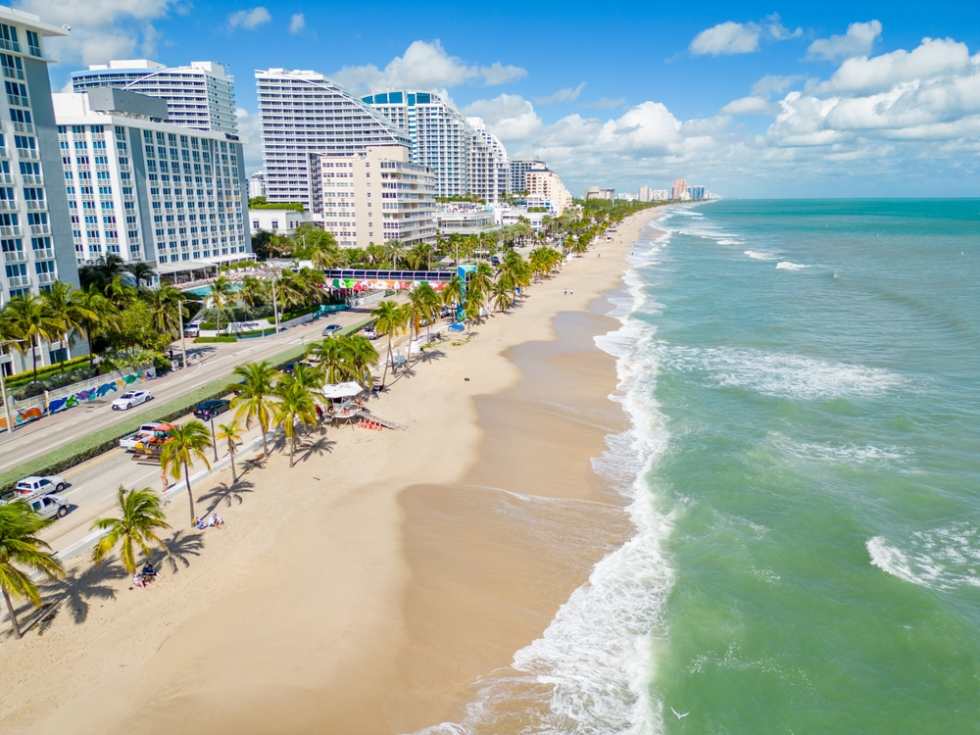
Florida's major cities offer something for every renter. Whether you're looking for affordability, beachside living, vibrant nightlife, or a laid-back lifestyle, the Sunshine State has something that fits your needs.
Ready to find your perfect Florida apartment? Use the Apartment List quiz to narrow down your options and discover a place that checks all your boxes. With us, you’ll spend five minutes and save 50 hours searching. Happy apartment hunting!
As of 2025, Marco Island is recognized as the safest town in Florida. According to SafeWise's latest report, Marco Island holds this distinction for the second consecutive year, reporting zero murders and robberies in the most recent data.
The oldest city in Florida is St. Augustine, founded in September 1565 by Spanish admiral Pedro Menéndez de Avilés. Located in northeastern Florida, it is the oldest continuously inhabited European-established settlement in the continental United States.
The smallest incorporated municipality in Florida by population is Marineland, located along the Atlantic coast between Flagler and St. Johns counties. As of 2023, Marineland had a population of just 11 residents, making it the least populous town in the state. Originally established in the 1930s as a marine park, Marineland has evolved into a small research and conservation community.
The biggest city in Florida by land area and population is Jacksonville. Located in the northeastern part of the state, Jacksonville spans over 870 square miles, making it the largest city by land area in the continental U.S. It’s also Florida’s most populous city, with 949,611 residents.
There’s no single “best” city to live in Florida—it depends on your lifestyle, priorities, and budget. For urban energy and endless entertainment, Orlando is a favorite with its theme parks, food scene, and walkable neighborhoods like Baldwin Park and Winter Park. Tampa offers waterfront living, professional sports, and easy Gulf access, making it ideal for young professionals and families.
If you prefer beaches and boating with a more artsy vibe, St. Petersburg is what you’re looking for. Jacksonville stands out for its affordability, big-city amenities, and access to both river and ocean. Tallahassee, with its college-town atmosphere and natural surroundings, is perfect for outdoor lovers and students. And if you're seeking quiet, suburban life with scenic canals and a slower pace, Cape Coral might be your match.
The Big Bend region of Florida is a loosely defined area in the northern part of the state where the Panhandle curves into the Peninsula. There is no official boundary, but the Big Bend generally encompasses parts of the following counties: Taylor, Dixie, Levy, Jefferson, and occasionally Gilchrist, Suwannee, Columbia, Hamilton, Baker, Union, Bradford, Clay, Putnam, and Lafayette.
According to the Florida League of Cities Municipal Directory, Florida is home to 411 cities, towns, and villages.
The Walt Disney World Resort is located approximately 20 miles southwest of Orlando, Florida.
According to the Florida Department of Law Enforcement’s 2021 County and Municipal Offense Report, the three most dangerous cities in Florida based on index crime rate per 100,000 population are:
These figures reflect total index crimes, which include violent and property offenses, standardized per capita.
According to U.S. Census Bureau data, four Florida metropolitan areas ranked among the top 10 U.S. metro areas in annual numeric population growth from July 1, 2022, to July 1, 2023:
These figures underscore Florida's significant population growth, driven by factors such as migration and economic opportunities.
As of 2020, Jacksonville, Florida, has a population of approximately 949,611, making it the most populous city in the state and one of the largest in the United States. Covering 747.29 square miles, it is also one of the largest cities by land area in the contiguous U.S.
Yes, Tampa is larger than Orlando according to the 2020 U.S. Census. Tampa had a population of 384,959, while Orlando's population was 307,573. It is also slightly bigger in land area, covering 114.02 square miles compared to Orlando’s 110.62.


In unit laundry, Patio / balcony, Hardwood floors, Dishwasher, Pet friendly, Garage + more
In unit laundry, Patio / balcony, Dishwasher, Pet friendly, New construction, Garage + more